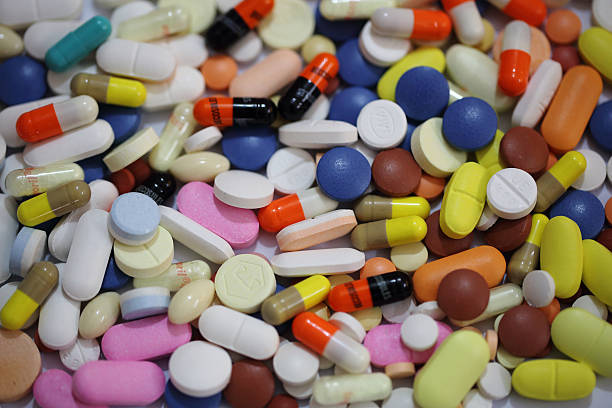Overview
Medicine is essential for curing illnesses, enhancing health, and saving lives. Any medication must, however, pass stringent tests and evaluations to guarantee its efficacy and safety before it can be made available to the general population. It is the duty of regulatory bodies worldwide to uphold these safety requirements. By ensuring that medications go through thorough testing, ongoing monitoring, and evaluation both before and after approval, they serve to safeguard the public's health.
Assessment Prior to Approval
A new medication must undergo rigorous pre-clinical and clinical testing before being released onto the market. These studies evaluate its efficacy, dose, and safety. All trial data is examined by regulatory bodies to make sure the findings are supported by science and that the advantages exceed any possible drawbacks. Although it may take years to finish, this procedure is essential to keeping dangerous medications out of the hands of patients.
Tight Production Guidelines
Strict quality control procedures must be followed during manufacturing even after a medication has been shown to be safe in clinical trials. To ensure that production facilities adhere to Good Manufacturing Practices (GMP), regulatory agencies conduct routine inspections. These guidelines guarantee that each batch of medication is consistently high-quality, uncontaminated, and appropriately labeled.
After-Market Monitoring
After a medication is approved, regulatory bodies' duties don't stop. Post-market surveillance starts as soon as it is made public. In order to track any potential side effects or problems over time, this entails gathering and evaluating data from physicians, pharmacists, and patients. Regulatory agencies have the authority to change dose guidelines, issue warnings, or even remove a medication from distribution if needed.
Reporting Adverse Events
Adverse event reporting is one of the most important safety precautions. Reporting any unexpected side effects associated with a medication is urged for both patients and health professionals. Authorities can swiftly detect uncommon but dangerous concerns that might not have surfaced during clinical trials thanks to these reports.
International Cooperation
The safety of medications is a worldwide concern in the linked world of today. International regulatory bodies frequently collaborate, exchanging information and safety warnings. By ensuring that harmful medications may be recognized and handled more rapidly, this partnership helps to prevent harm from occurring across national boundaries.
Transparency and Public Education
Educating the public on the safety of medications is another priority for regulatory bodies. They enable consumers to make knowledgeable healthcare decisions by disseminating thorough reports, safety updates, and usage directions. The public's faith in the healthcare system is increased by transparency.
In conclusion
The process of guaranteeing the safety of medications is intricate and continuous. Regulatory bodies are essential in safeguarding the public's health, from stringent pre-approval testing to stringent production guidelines and ongoing oversight. Through their work, we may be sure that the medication we take is safe, effective, and of high quality.






